
Human ingenuity has shaped the world through awe-inspiring constructions that blend artistry, engineering, and ambition. From ancient wonders that defy time to modern marvels stretching the limits of technology, these structures symbolize cultural heritage, scientific progress, and the relentless pursuit of greatness. This article explores ten breathtaking constructions that continue to captivate and inspire generations.
Table of Contents
Top 10 Most Amazing Constructions
1. Great Wall of China (China)
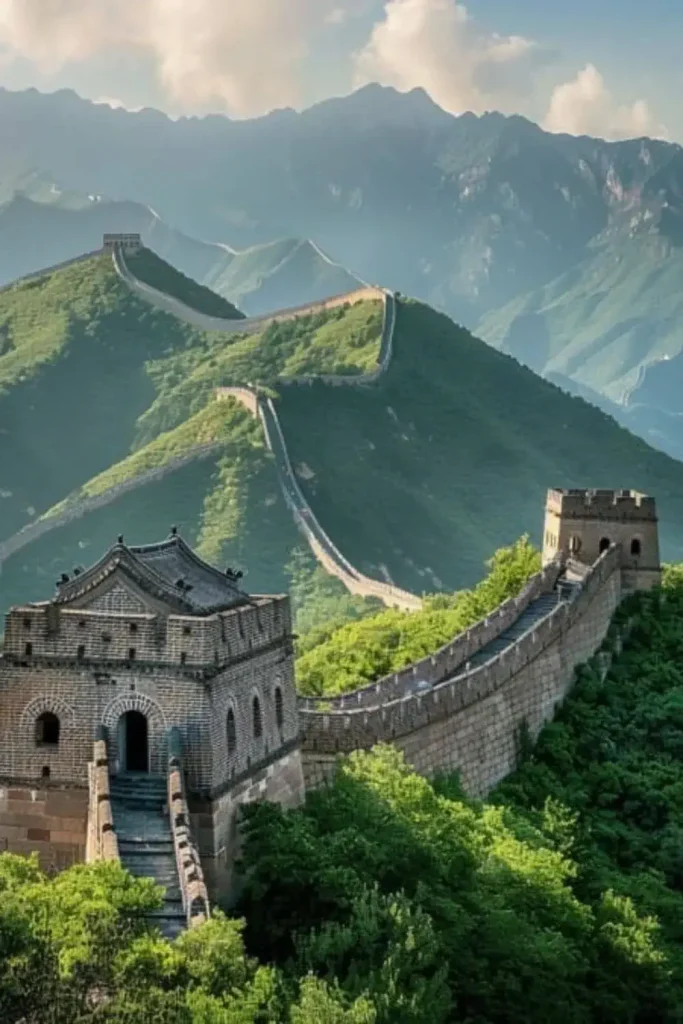
- Historical Context:
Construction began as early as the 7th century BCE, with later dynasties (Ming Dynasty, 1368–1644 CE) fortifying and expanding it. Built to defend against nomadic tribes like the Mongols. - Engineering:
Used materials like tamped earth, wood, and bricks. Watchtowers, barracks, and beacon towers were integrated for communication. - Myths & Facts:
Contrary to popular belief, it’s not a single continuous wall but a network of segments. Over 1 million workers died during its construction. - Today:
Sections like Mutianyu and Badaling are restored for tourism, while remote parts crumble due to erosion.
2. Pyramids of Giza (Egypt)

- Purpose:
Tombs for pharaohs Khufu, Khafre, and Menkaure, designed to facilitate their journey to the afterlife. - Construction Secrets:
Workers used copper tools, limestone quarries, and ramps. The Great Pyramid’s alignment with the cardinal points (north, south, east, west) has a margin of error of just 0.05 degrees. - Modern Discoveries:
In 2017, a hidden void was discovered inside the Great Pyramid using muon radiography. - Legacy:
The last surviving Ancient Wonder of the World.
3. Petra (Jordan)
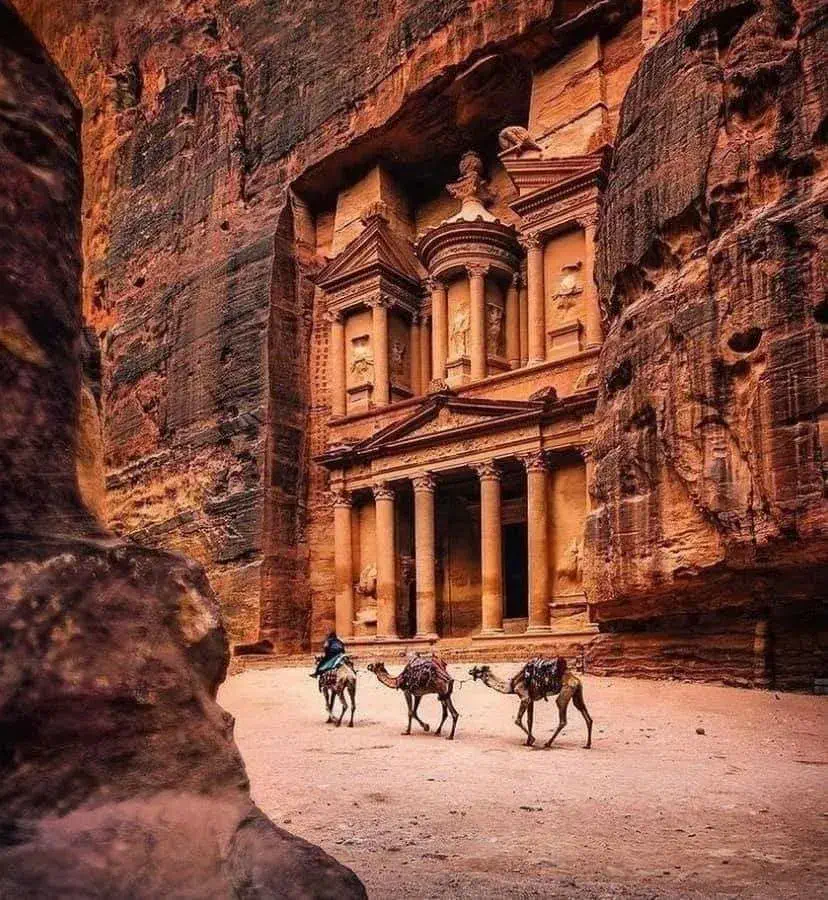
- The Lost City:
Petra thrived as a trade hub for spices and silk until earthquakes and shifting trade routes led to its abandonment in the 7th century CE. Rediscovered in 1812 by Swiss explorer Johann Ludwig Burckhardt. - Architecture:
Carved directly into sandstone cliffs using chisels and hammers. Advanced water channels and cisterns supported 30,000 inhabitants in the desert. - Iconic Sites:
The Monastery (Ad-Deir) and the Royal Tombs. Featured in Indiana Jones and the Last Crusade.
4. Colosseum (Italy)
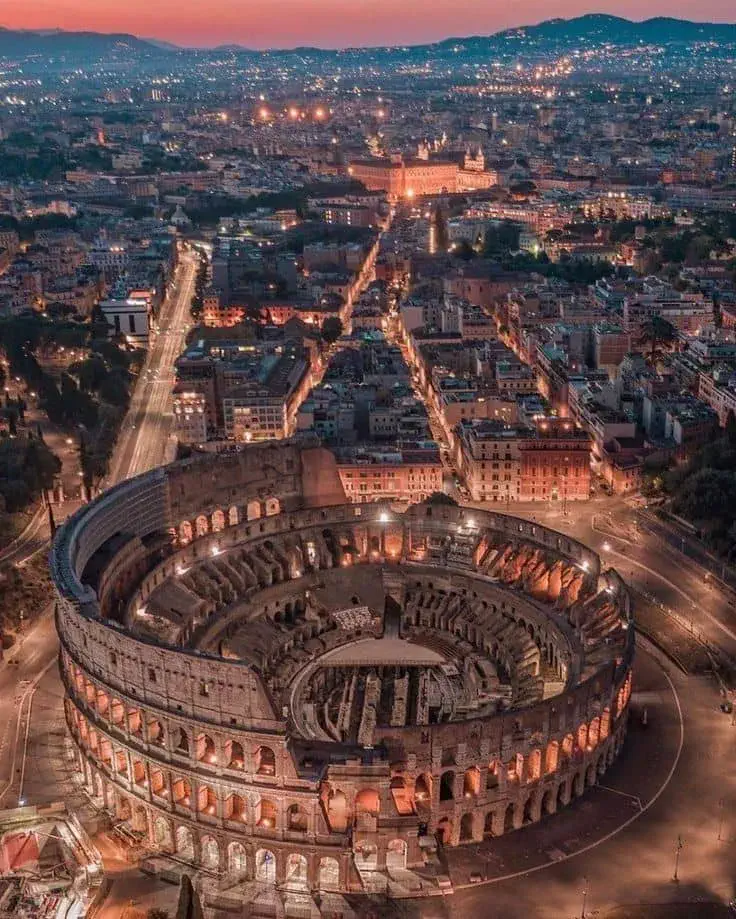
- Innovations:
Used concrete (a Roman invention) and a hypogeum—a subterranean network of tunnels for gladiators and animals. Velarium (awning) shielded spectators from the sun. - Events:
Hosted naval battles (naumachiae), animal hunts, and mock battles. Could flood the arena with water from aqueducts. - Decline:
Damaged by earthquakes and stone-robbers. Today, ⅓ of the original structure remains.
5. Taj Mahal (India)
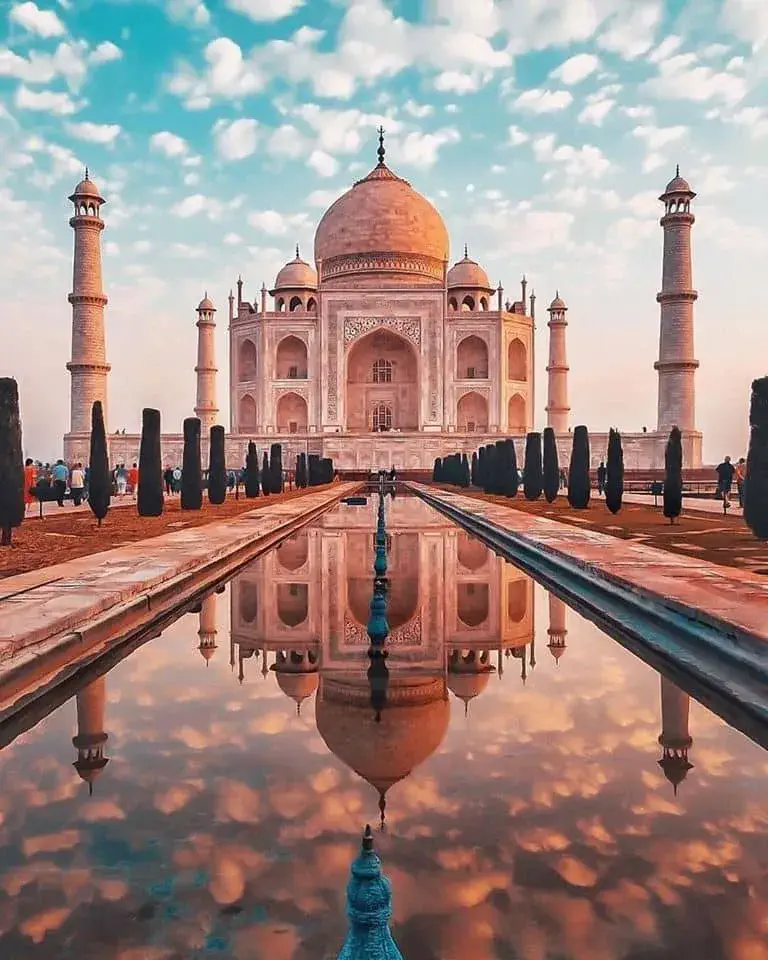
- Love Story:
Built by Mughal Emperor Shah Jahan in memory of his wife Mumtaz Mahal, who died during childbirth. Took 20,000 artisans and 1,000 elephants 22 years to complete. - Design:
White marble inlaid with 28 types of precious stones (e.g., lapis lazuli, turquoise). Optical illusions make the minarets appear perfectly straight (they actually tilt outward to prevent collapse). - Threats:
Pollution has yellowed the marble, prompting preservation efforts like mud-pack therapy.
6. Eiffel Tower (France)
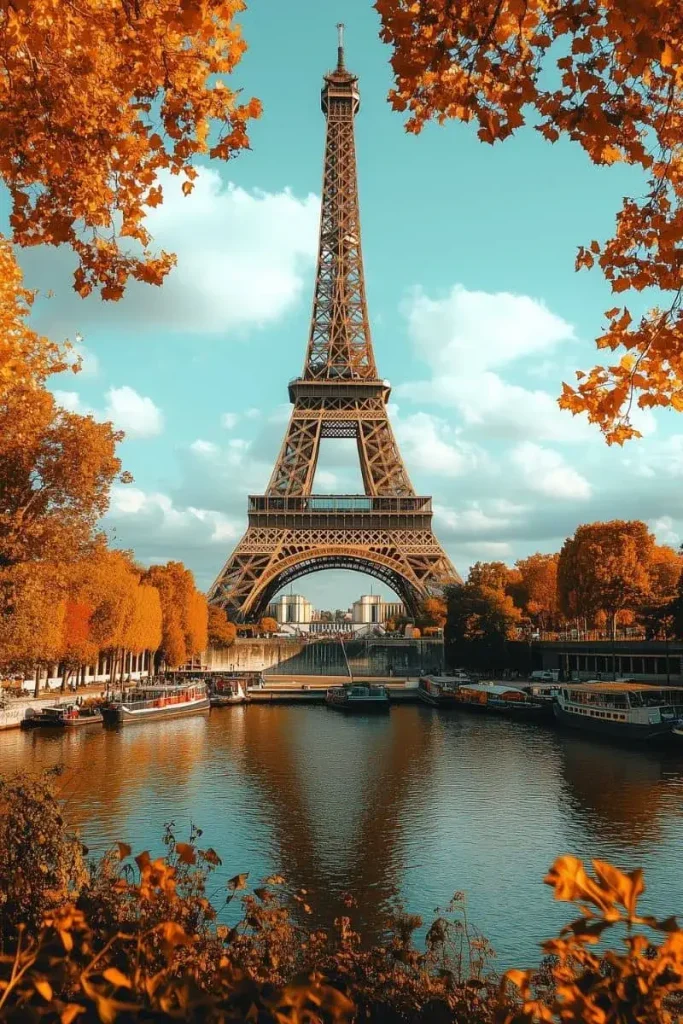
- Controversy:
Parisians initially called it a “metal asparagus” and protested its construction. Saved from demolition by its utility as a radio tower. - Engineering:
18,038 iron parts held together by 2.5 million rivets. Expands up to 6 inches in summer heat. - Cultural Impact:
Symbol of romance and France. Over 7 million visitors annually.
7. Panama Canal (Panama)
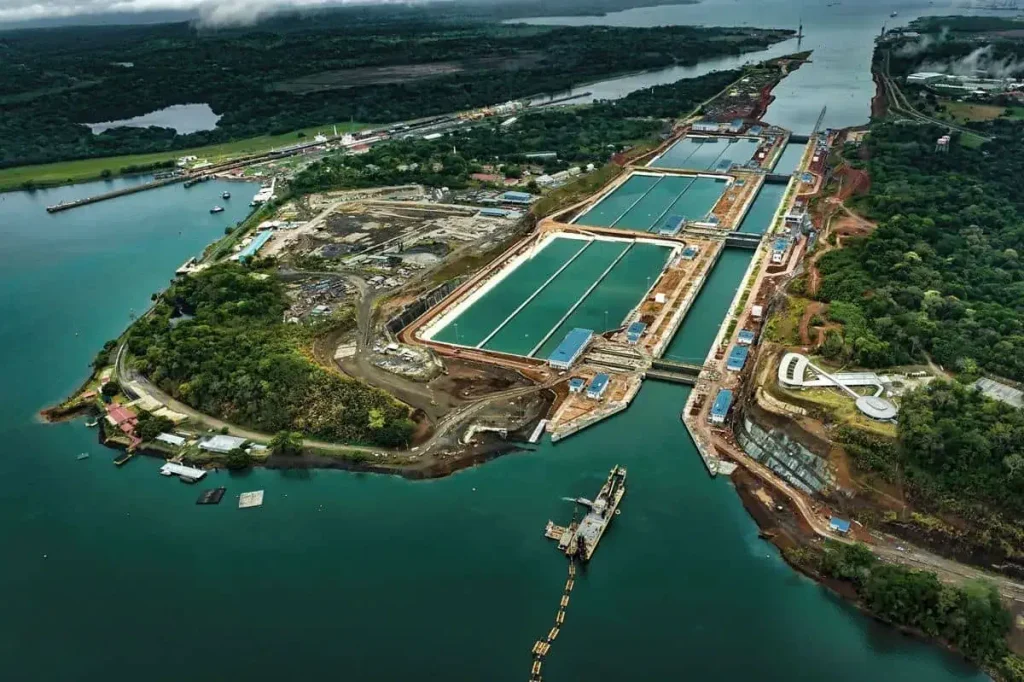
- Challenges:
France’s failed 1880s attempt saw 22,000 workers die from malaria and yellow fever. The U.S. took over in 1904, eradicating mosquitoes and using 56 million pounds of dynamite. - Locks System:
Uses gravity-fed water from Gatún Lake to lift ships 85 feet above sea level. - Expansion:
A $5.25 billion upgrade in 2016 doubled its capacity, accommodating “New Panamax” ships.
8. Golden Gate Bridge (USA)
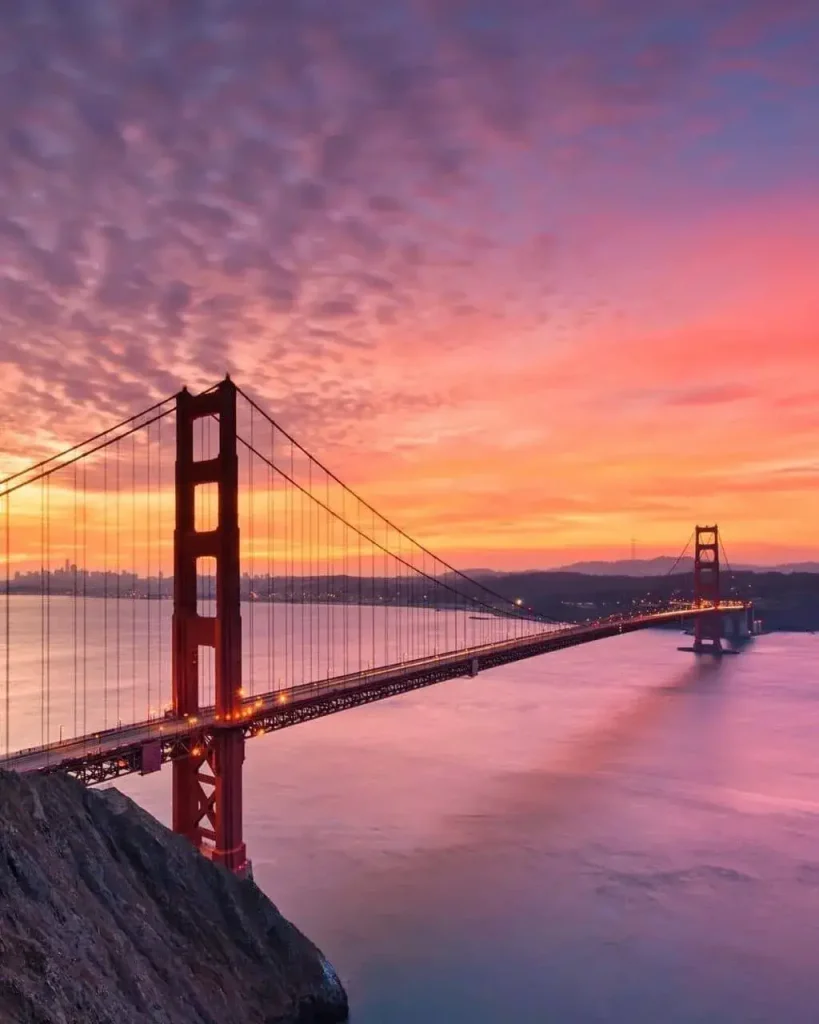
- Construction Risks:
Built during the Great Depression, it claimed 11 lives (19 saved by safety nets, inspiring the “Halfway to Hell Club”). - Design:
Art Deco styling with International Orange paint (chosen for visibility in fog). The suspension cables contain 80,000 miles of wire. - Today:
Handles 112,000 vehicles daily. Requires constant repainting to combat rust from salty air.
9. Sagrada Familia (Spain)
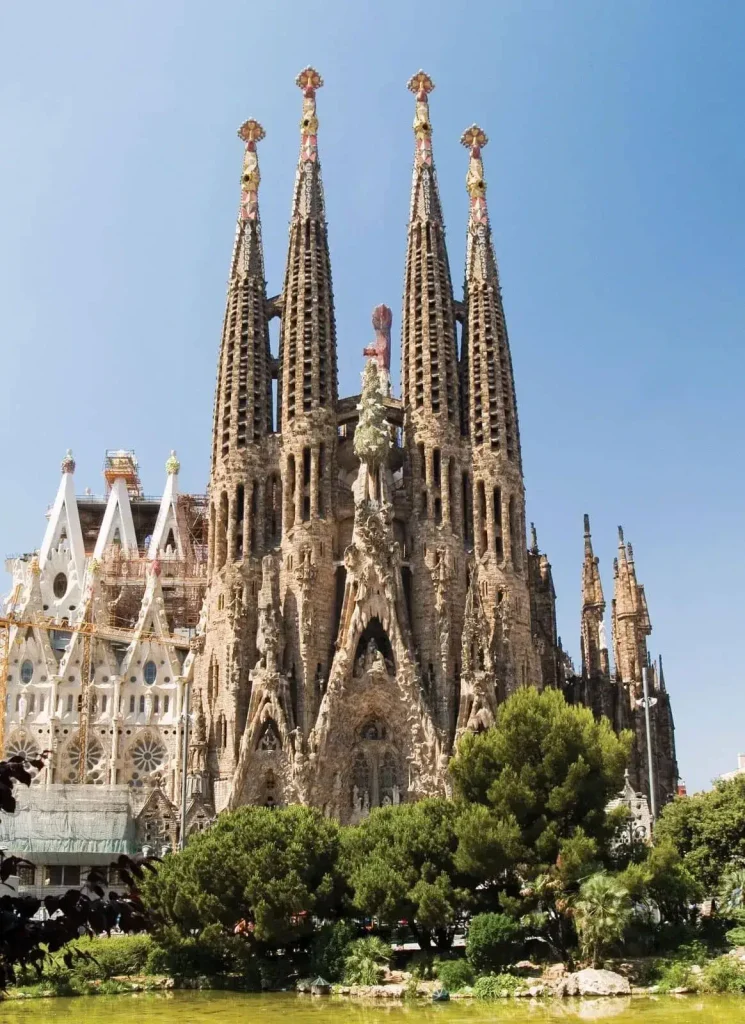
- Gaudi’s Vision:
The architect spent 43 years on the project, living onsite. Inspired by nature, columns mimic trees, and light filters through stained glass like a forest canopy. - Progress:
Only 70% complete as of 2023. Funded by donations and tourism. Aims to finish by 2026 (Gaudí’s 100th death anniversary). - Symbolism:
18 spires represent the Holy Family, apostles, and evangelists. The tallest spire (Jesus Christ) will reach 566 feet.
10. International Space Station (ISS)

- Collaboration:
Built by NASA, Roscosmos, ESA, JAXA, and CSA. Assembled piecemeal in orbit since 1998. - Life Aboard:
Astronauts conduct experiments in microgravity, exercise 2 hours daily to combat muscle atrophy, and see 16 sunrises a day. - Future:
Slated for retirement by 2031, with plans to deorbit it into the Pacific Ocean.
Comparison Chart
| Construction | Location | Year Completed | Purpose | Unique Feature |
|---|---|---|---|---|
| Great Wall of China | China | 7th c. BCE–1644 CE | Defense | 13,171 miles long |
| Pyramids of Giza | Egypt | 2560 BCE | Tomb | 2.3 million stone blocks |
| Petra | Jordan | 5th c. BCE | Capital | Rock-cut architecture |
| Colosseum | Italy | 80 AD | Entertainment | Concrete arches |
| Taj Mahal | India | 1643 | Mausoleum | Symmetrical white marble |
| Eiffel Tower | France | 1889 | Exposition | Wrought iron lattice |
| Panama Canal | Panama | 1914 | Shipping route | Lock system |
| Golden Gate Bridge | USA | 1937 | Transportation | Art Deco suspension design |
| Sagrada Família | Spain | 1882–present | Church | Gaudí’s organic architecture |
| ISS | Space | 1998–present | Research | Multinational collaboration |
Conclusion
From the ancient Pyramids to the orbiting ISS, these constructions reflect humanity’s boundless creativity and resilience. They serve as reminders of our shared history and the possibilities of collaboration. Whether carved into cliffs or soaring into space, each structure tells a story of ambition that continues to inspire awe.
You Might like
10 Longest Rivers in the World
10 most beautiful islands in the world
10 Largest Regional Forests in The World
10 Most Serene Places of Natural Beauty in the World
Top 10 Tallest Buildings in the World
FAQs
Which is the oldest construction on the list?
The Pyramids of Giza (2560 BCE) are the oldest.
What’s the tallest man-made structure?
Dubai’s Burj Khalifa (828 meters / 2,717 feet).
What’s the most expensive construction?
The ISS, costing approximately $150 billion.
Which was the hardest to build?
The Panama Canal, due to landslides, diseases, and engineering hurdles.
Is the Great Wall visible from space?
No, it’s a myth; the wall is too narrow to be seen from low Earth orbit.
